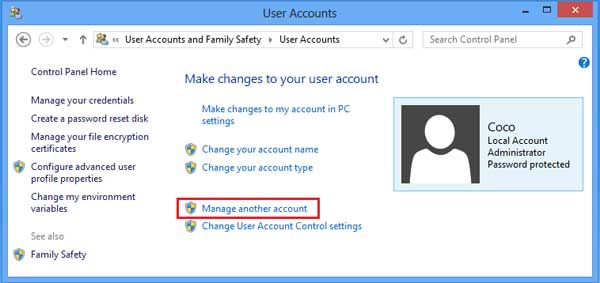
To begin, move to location where system file that you want to modify, is residing. The first step for modifying the file content is to gain full file access and write permissions from system user object (TrustedInstaller), which has complete control over all system data. For instance, you want to edit and rename Windows 8 Theme DLL file namely uxtheme.dll. However, you can change the permissions for system files by tweaking Advance Security Settings. The system-wide locations, including Windows and System32 folder, don’t allow administrators to modify the system dynamic link libraries, executables, and other files. In this post, we bring you step-by-step instructions for gaining full control over Windows 8 system files. The process of taking ownership of system files and changing access permission of system files is quite complicated, as it requires inheriting user objects or replacing default owner (TrustedInstaller object) with a specific PC user. Additionally, the file access rules are defined by Windows, and can only be changed by PC administrators. These file access rules help Windows check if a user or system object can gain special file access and write permission of a file. The file permission is a pre-defined rule that is associated with numerous system objects/users, preventing unauthenticated objects from taking full control over the system files.

In contrast to previous Windows versions, Windows 8 comes with an enhanced, and robust Advanced Security Settings, making it difficult for a novice users to gain complete control over the system locations, folders and files. You may know that, when a malicious script attacks a system, it attempts to gain admin or root access to the system to exploit security vulnerabilities.


These access permissions restrict unauthorized users (including clients on network, and standard and guest users on local PC), and external sources (malicious scripts, viruses, malwares etc), from accessing core system folders and files. Like its predecessors, Windows 8 imposes strict access permissions on system-wide locations, folders and files.


 0 kommentar(er)
0 kommentar(er)
